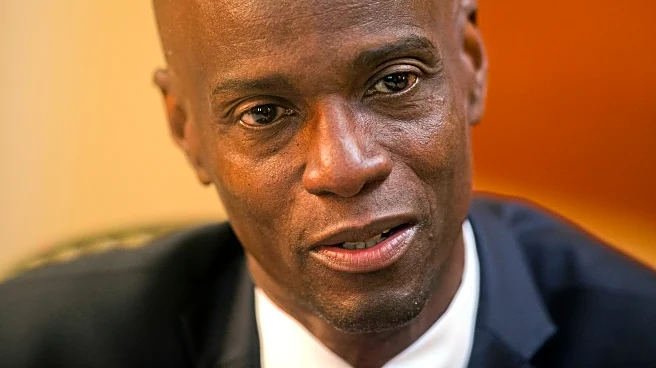What's Happening?
Wajax Corporation has announced the initiation of a CEO succession process, with current President and CEO Iggy Domagalski continuing in his role until the transition is complete. Domagalski, who has been
instrumental in guiding Wajax through post-pandemic challenges, will remain involved to ensure a smooth handover. The Board of Directors aims to identify a successor who can build on the momentum created under Domagalski's leadership, focusing on accelerating growth and capitalizing on emerging opportunities. The search process is expected to conclude in the first quarter of 2026.
Why It's Important?
The CEO succession process at Wajax is significant as it marks a strategic shift towards accelerating growth and expanding the company's industrial parts and engineered repair services portfolio. This transition is crucial for maintaining Wajax's competitive edge in the diverse sectors it serves, including construction, mining, and oil and gas. The new leadership is expected to drive efficiencies and pursue strategic acquisitions, which could enhance Wajax's market position and operational capabilities. Stakeholders, including employees and investors, stand to benefit from the anticipated growth and stability.
What's Next?
Wajax's Board of Directors has engaged an executive search firm to find a suitable successor for Domagalski. The new CEO will be tasked with continuing the company's strategy of organic growth and expanding its service offerings. The transition is expected to be completed by early 2026, with Domagalski remaining a significant shareholder and actively involved in the process. The focus will be on ensuring a seamless transition that aligns with Wajax's long-term growth objectives.
Beyond the Headlines
The CEO succession at Wajax highlights the importance of leadership continuity in navigating post-pandemic industrial demand and trade dynamics between Canada and the U.S. The process underscores the need for strategic foresight in leadership transitions, ensuring that the company can adapt to changing market conditions while maintaining operational excellence. This move also reflects broader trends in corporate governance, where succession planning is integral to sustaining growth and innovation.













